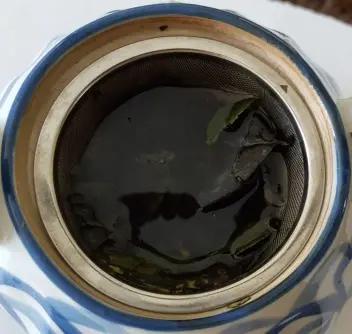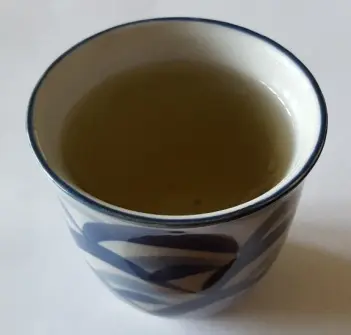Guayusa #
| Binomial / Botanical Name | Ilex Guayusa |
| Street Names | Guayusa |
| Major Active Compound | Caffeine (plus Catechins) |
| Indigenous Source | Ecuador |
| Form | Leaves |
| RoA | Oral |
| Personal Rating On Shulgin Scale | +** |

SUBJECTIVE EXPERIENCE #
The ritual, ceremonial, and traditional use of guayusa in the western Amazon region dates back to at least 335 CE. As a stimulating tea it is known to have been used by a number of tribes, and as an ayahuasca additive by at least one. It remains popular in Ecuador to this day.
As I poured boiling water upon the large leaves sitting in the teapot, my expectations were not high. The exercise was undertaken on the back of a couple of unsuccessful experiments with other botanical teas, and I had no particular reason to be optimistic that this would be any different.
Whilst Wikipedia stated positively that “the leaves of the guayusa tree are dried and brewed like a tea for their stimulative effects”, I was in a rather negative frame of mind, and I felt that I had heard it all before.
However, sipping on the second cup of the fairly strong brew I had produced, I suddenly began to notice a caffeine-like stimulation: caffeine-like, but much smoother and with a gentle feeling of lucidity.



Somehow this seemed to be less jittery, which is the best word I can find. Its taste was actually quite pleasing, and there was also a clarity which is not present with the usual array of caffeine based teas.
I noted at the time that this was worth returning to, and drinking as an occasional and refreshing replacement for coffee. Further consumption downstream has not changed this opinion.
It is probably my favourite mild-stimulant tea.

Legend has it that once guayusa is drunk, the visitor will always return to the Ecuadorian jungle